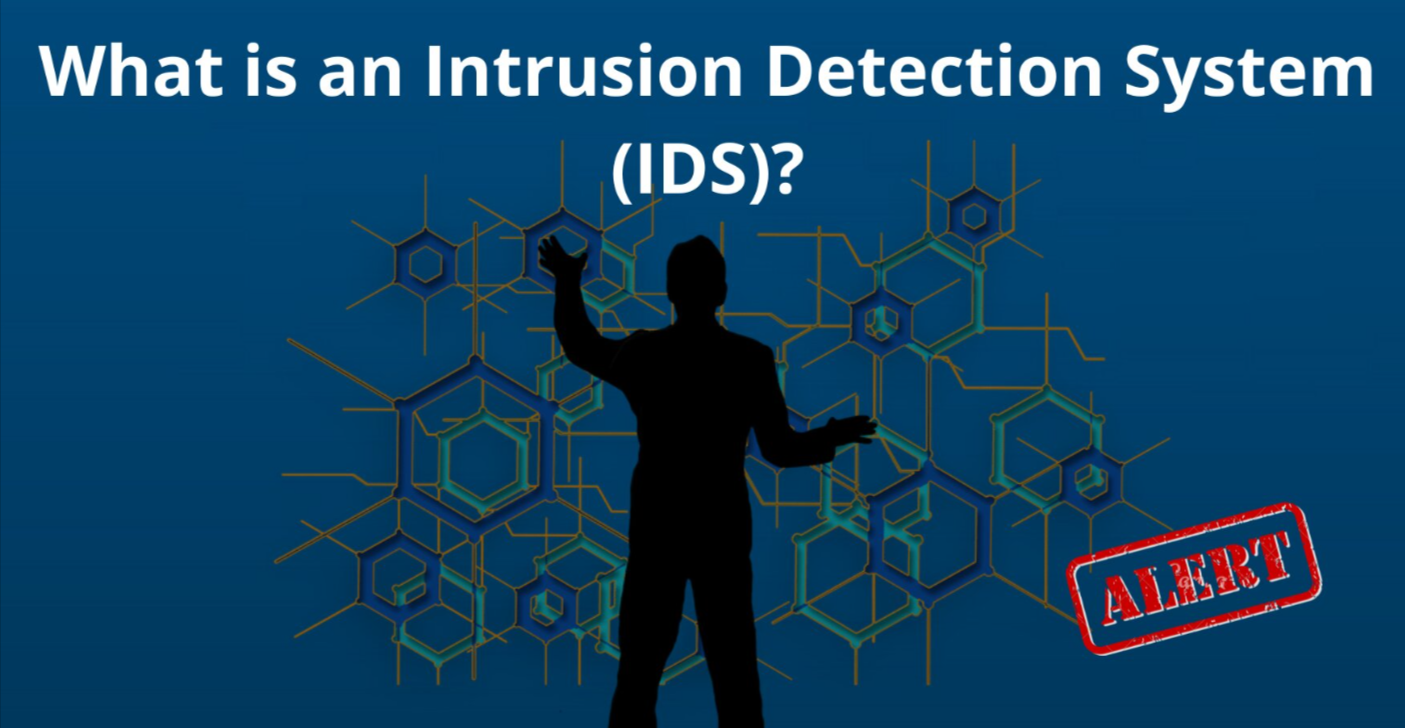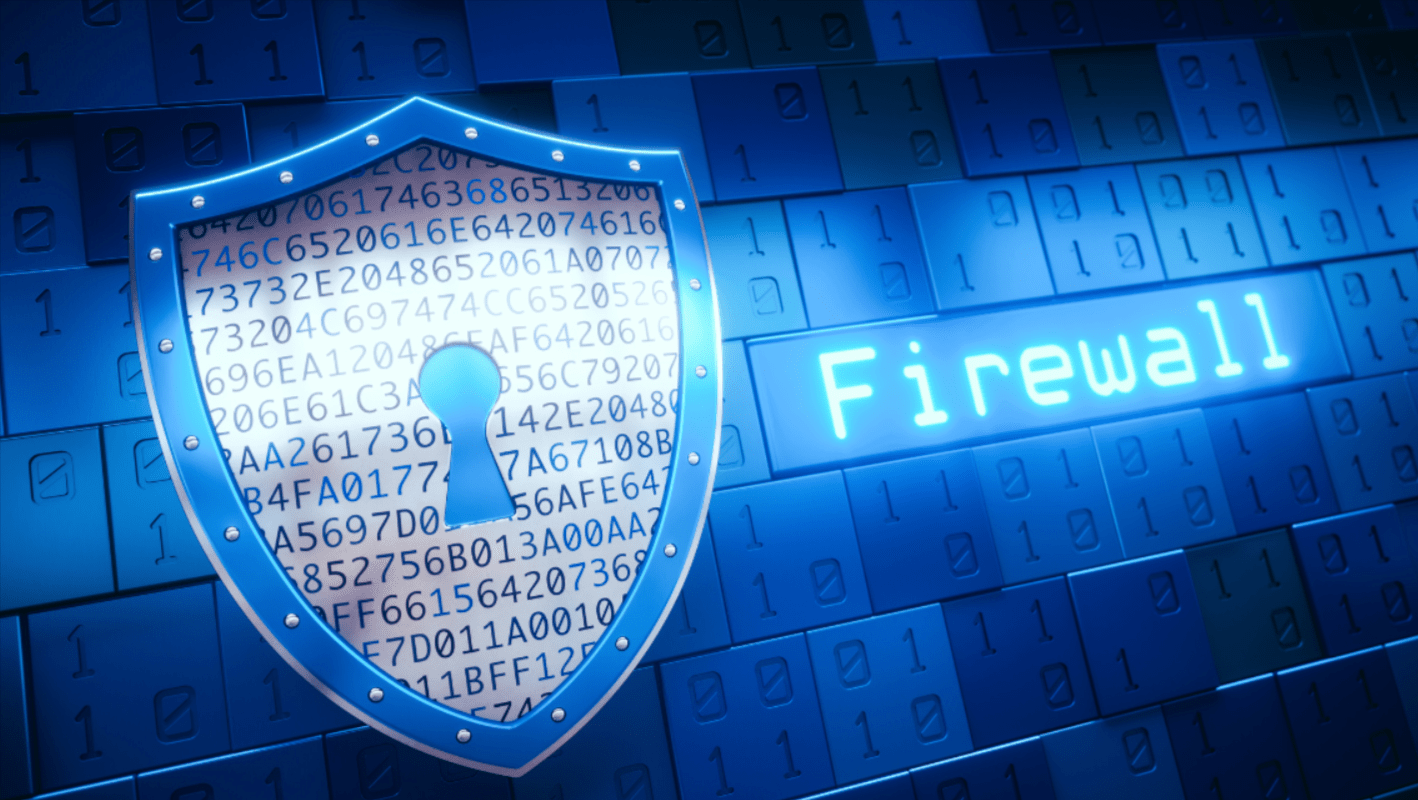The Role of Intrusion Detection Systems (IDS) in Cybersecurity

It continuously examines network traffic such that packets seem suspicious. An IDS acts like a conscientious watchman who alerts a user almost instantaneously to possible threats.
Next is a look at what the system does with regard to digital security and the importance thereof, as well as the different types of IDS and the mechanisms used.
What's an Intrusion Detection System (IDS)?
An Intrusion Detection System (IDS) discerned an entry through the traffic or systems by detecting invader elements or abnormal behavior that violates rules. Like an alarm, the IDS continually filters data and works as a bell to ring when something suspicious is caught across networks, servers, and applications.
Opposite to that, Intrusion Prevention Systems (IPS) would kick in to stop the attack immediately. However, IDS research into finding dangers and setting some noise about that to help companies get proactive in potential security disasters.
The Importance of Intrusion Detection Systems in Cybersecurity
You can't talk up the value of IDS in keeping our cyber worlds safe enough. Cyber baddies keep getting smarter and their attacks more tricky, so it's key for businesses and such to have a bunch of different shields up. Check out these reasons that show why IDS matters:
1. Early Threat Detection
Prior to implying disaster, IDS had already discover the threat. Primarily, web traffic and events within the system are continuously monitored to identify anomalies during an intrusion attempt or to recognize activities that conform to behavioral patterns of known hacker activities. The sooner the troublesome events are detected, the faster forces can be called in, lessening the mayhem left by intruders.
2. Real-Time Alerts
One of the greatest pluses in an IDS? The moment it catches a sign that something is not quite right, the IDS sounds the alarms in a flash. As soon as anything seems odd, Boom! The stout warriors appear on the scene to cover the breach. This is incredibly critical because the time between realizing a problem and reacting to it is short, thereby curtailing the chaos that could have been created by the cyber-miscreants.
3. Sticking to Security Rules
Loads of businesses and groups gotta stick to certain safety rules (like using PCI-DSS for credit card stuff or HIPAA for health info). By keeping an eye on network shenanigans non-stop, IDS makes sure these groups stay on the right side of these rules. It's all about making sure no sneaky folks get in or mess up the data.
4. Reduced Attack Surface
Keep track of what your system and network are doing and this will reduce the playing field for the nasties. If you have IDS on, it becomes tougher for the attackers to find holes to wiggle through. In addition, IDS serves to tell you where your network might be a bit shaky, so your techies can swoop in before any cool-headed miscreant can possibly make a move.
5. Improved Incident Response
If a breach happens, security teams need to jump into action fast and handle it right. IDS is super important here giving the data to dig into what went down. The details and write-ups IDS cranks out let the folks in charge get the gist of the attack, figure out which systems got hit, and decide on how to fix things up.
How Does an IDS Work?
Intrusion Detection Systems keep an eye on all the data zipping around the network, check out what's going on in the system, and watch what users are up to for anything sketchy or mean-spirited. These systems have a bunch of ways to sift through the info, and if they catch a whiff of something off, they sound the alarm to take a closer look.
1. Signature-Based Detection
IDS usually covers signature-based detection. In this regard, the system compares the newly incoming data against a set of predefined attack patterns. These patterns are fixed rules that match known attacks and threats. Whenever a match is found, an alert is generated by the IDS.
This method works perfectly for known threats but fails for something new or unknown that does not yet have a pattern.
2. Anomaly-Based Detection
This detection vibe is all about figuring out what's normal for a network. It looks at the usual traffic how the system works, and what users do. If something happens that's way different from the normal stuff, the system goes, "Hey check this out!" and sends an alert.
Spotting weird stuff helps catch those sneaky brand-new threats, yet it can mess up and think there's trouble when there isn't, if its starting point isn't spot on.
3. Stateful Protocol Analysis
In a stateful protocol analysis, an IDS checks to see how connections are behaving and whether the information is being transmitted according to certain rules. Important for finding nefarious attacks that disrupt normal operations or create unusual behavior on the network, this stateful protocol analysis is also fabulous for finding attacks that are very cunning, like buffer overflow or SQL injection. Good for sniffing out some really nasty things!
4. Hybrid Detection
Modern IDS tools mix various ways to spot threats better. A mixed IDS might use the method of checking for known threat signatures while looking for weird stuff to catch new threats. This mix-up gives you a stronger defense in the cyber world.
Types of Intrusion Detection Systems
You got different sorts of IDS, and they differ by how you set them up and what they keep an eye on. The two big kinds of IDS are Network-based IDS (NIDS) and Host-based IDS (HIDS). OK, let's dig into these a bit more.
1. Network-Based IDS (NIDS)
Network Intrusion Detection Systems also referred to as NIDS monitor the traffic in the network. They are positioned along with the most critical places such as the edges of the network to keep watch for any Dos attack, worm behavior, or even someone scanning for open ports.
NIDS will monitor the entire traffic agglomeration of a network. They report problematic or known threats to the managers. This is handy in networks that are vast and have numerous connectivity devices.
2. Host-Based IDS (HIDS)
Okay, now let's talk about Host-Based Intrusion Detection Systems, or HIDS, for short. These just happen to be placed right on the devices, such as your servers and workstations. HIDS gets down and dirty with the activities of each machine. It checks for file alterations, system calls, and logging-in activities to detect any signs of malevolent or harmful code.
HIDS detects threats directed at the host like tampering with file settings to gain access that is not authorized, or loading of unauthorized programs. NIDS will monitor the packets flowing in and out of the network, and HIDS is essentially monitoring everything happening within a computer.
3. Hybrid IDS
Mixing what NIDS and HIDS do best, Hybrid IDS is on it. These setups watch over both the chatter on the networks and the nitty-gritty of each host. They've got the whole picture, ready to catch and deal with any sketchy stuff. With the power to put together clues from every which way, they're top-notch at spotting the sneaky complex types of attacks.
Pros and Cons of IDS
Pros
Up-to-the-Minute Watch: IDS keeps an eye on networks and systems nonstop catching possible dangers in real time.
Flexibility in Size: Whether it's for a tiny company or a huge corporation, you can adjust IDS solutions to fit .
Stopping Bad Stuff Before It Happens: IDS is on the lookout for shady stuff so it warns you before things can get real bad.
Super Detailed Record-Keeping: IDS makes records that help with deep dive analysis after an attack, so we can learn from it and beef up our defenses for next time.
Downsides
Too Many Wrong Alerts: Sometimes, IDS can make mistakes by sending out too many false alerts when using anomaly detection, and this can tire out the security crew.
Gobbles Up Resources: IDS needs non-stop watching and might hog a bunch of resources, like computer brainpower and place to store data.
Limited Prevention: IDS spots trouble but doesn't put a stop to attacks. You've gotta pair it with other stuff like firewalls and IPS to fend off threats.
Wrap-Up
Intrusion Detection Systems, IDS for short, are extremely essential in the realm of computer security. They can be seen like lookout systems that give vigilance of threats in real-time while keeping a record for easy and faster attempt to avoid possible problems. They greatly assist in thwarting cyber villains.
IDS may not be quite true in this case; it can flag things with no real threat, and it doesn't prevent attacks before they happen. Nevertheless, it is vital in building a serious and sophisticated security scenario. IDS and other tools constitute this real strong wall of protection against the predators long suspected or even known.


